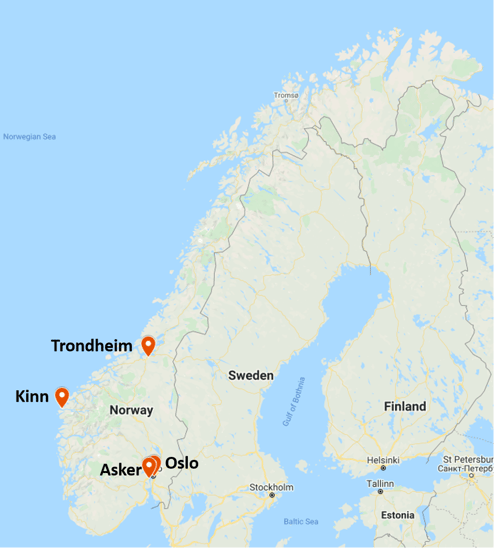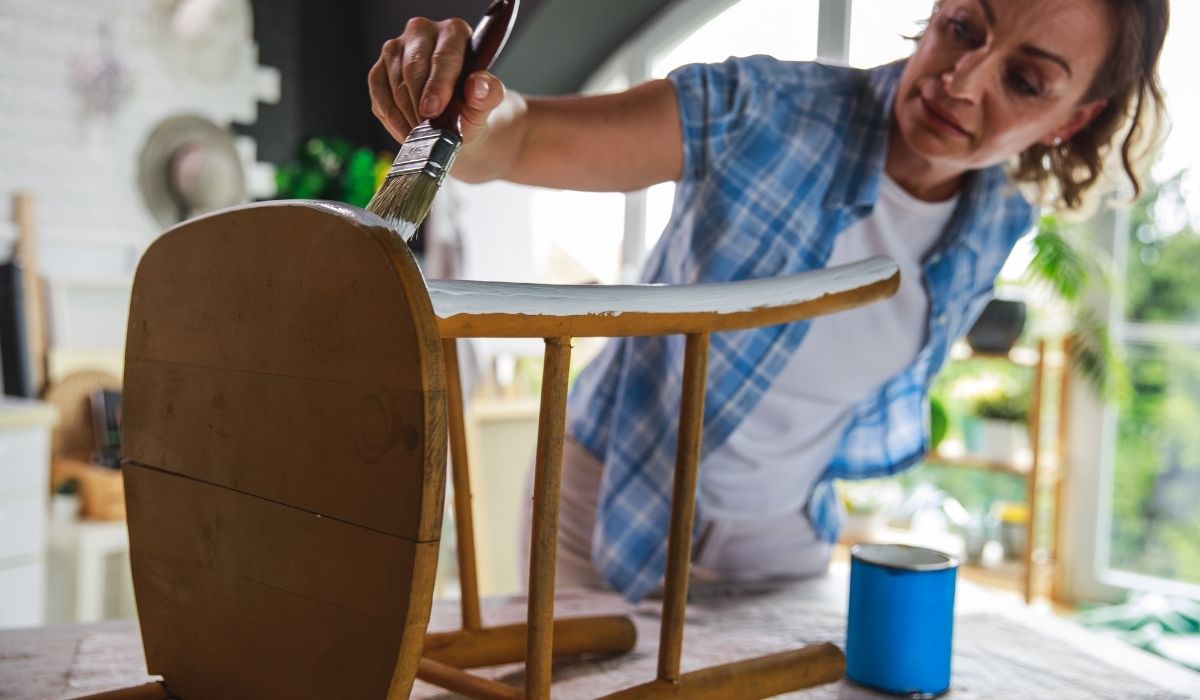In February, Klimapartnere launched a new map service called klimakartet.no, which shows the current status of the climate targets set out across Norwegian counties, municipalities and cities. To date, all counties, 42 municipalities and 12 cities have been mapped and visualised according to whether their adopted climate goals are in line with Norway's goals in the Paris Agreement. The map shows that there is a large gap in the level of ambition, and that many have not raised their local goals and plans to the level of the Paris Agreement.
Many of Loopfront's customers are in the public sector such as municipalities and counties around the country. We are seeing more and more examples of how public actors have put circular economy and reuse on the agenda. Loopfront's platform is used in order to get an overview and plan measures both in special projects and in ordinary administration.
We would like to highlight these examples to share insights and inspiration:

Management of furniture in municipal housing
It's common for Norwegian municipalities to offer municipal housing such as care homes, and housing for refugees, the economically disadvantaged and more. These homes can be either furnished and unfurnished. It is important to know the current condition of materials and interior and the possible need for upgrades, especially in cases where there is a limited time frame when changing tenants.
Kinn municipality recently started using Loopfront. Getting an overview of all materials and interior suited for reuse in their furnished rental homes, will help them avoid having to buy new materials that they already have. An important benefit is that this information can also be shared directly with NAV and the refugee service. The result will be lower establishment costs for NAV and less waste for the municipality. The use of Loopfront simplifies the process by relocating the necessary materials to where they are needed, repairing or redesigning materials that are still in usable condition, and planning purchasing needs and waste management only where there are documented needs.
Collocation of schools, demolition of health centre
In the ‘Nidarvoll projects’, Trondheim municipality will collocate Nidarvoll school and Sunnland school on the existing site of Nidarvoll school and Nidarvoll health center. Two of the school buildings located on the southern part of the site are worthy of protection and will be rehabilitated, whilst the existing health center will be demolished and replaced by a rehabilitation center of approximately 10,000 square meters. The two schools make up approximately 16,000 square meters and consist of two main wings that are two and four stories tall.
Trondheim municipality had Nidarvoll school and Nidarvoll health center mapped by Multiconsult through Loopfront and Multiconsult's joint Enova project ‘Regional reuse networks’. Further planning in the project is done in collaboration with their contractor Skanska.
Reuse internally and across municipal organisations
Oslo Municipality is a large organisation with many agencies, districts and companies. Several of these already have ecosystems and locations mapped in Loopfront for different purposes. The district of Søndre Nordstrand is currently mapping and managing reusable materials and interior across its buildings. The nursing home service will also start mapping materials as soon as the corona situation will allow.
Oslo Havn KF used Loopfront in connection with the rehabilitation of their head office in Shed 38.
Omsorgsbygg Oslo KF and Undervisningsbygg Oslo KF want a greater degree of preservation and reuse in their own construction projects, and also use the municipality's intranet to link supply and demand in their own organisation. Undervisningsbygg also recently published a newsletter via Grønn Byggallianse searching for external actors who want to receive reusable materials. Read more here.
Furniture management for municipal amalgamation
Asker municipality has been mentioned by Loopfront in many previous blog posts for their efforts related to the management of furniture during the amalgamation of three municipalities into New Asker municipality.
The new Asker municipality follows the UN's sustainability goals and wants to be a leader in circular economy. The investment in the reuse of furniture is part of their strategy, and a pilot project was initiated for the reuse of office furniture resulting from the relocation of departments and their employees due to the municipal amalgamation of former Røyken and Hurum.
The project will be completed towards the summer, but so far a significant proportion of the demands is covered through conservation, reuse and redesign of existing furniture - which saves both money, greenhouse gas emissions and waste. Read more here.
Do you want to get started with planning for reuse?




